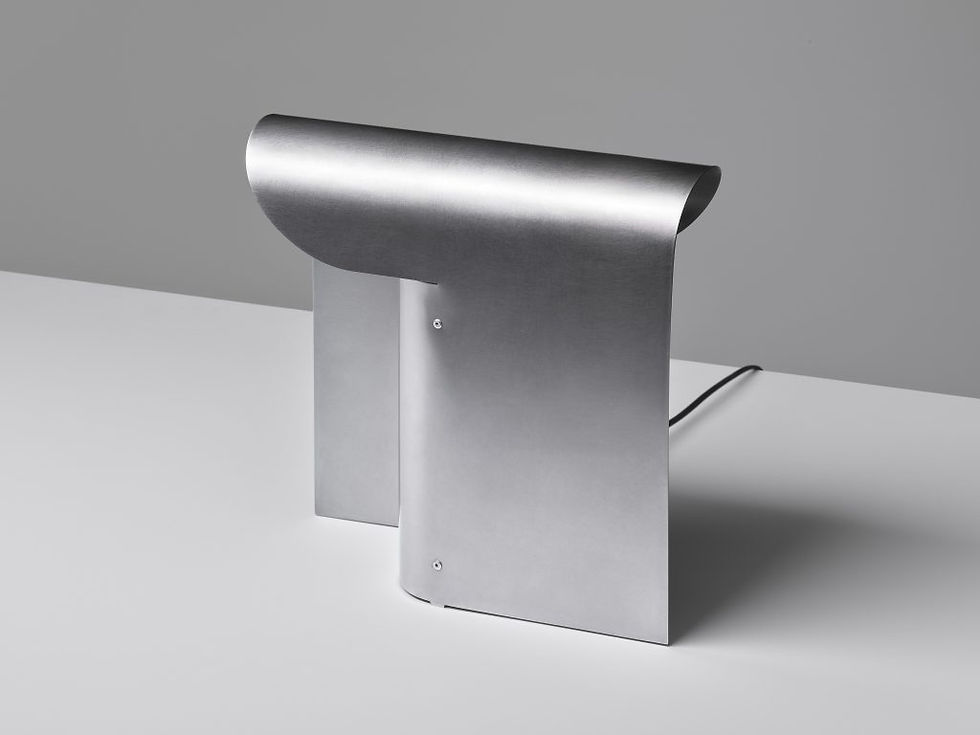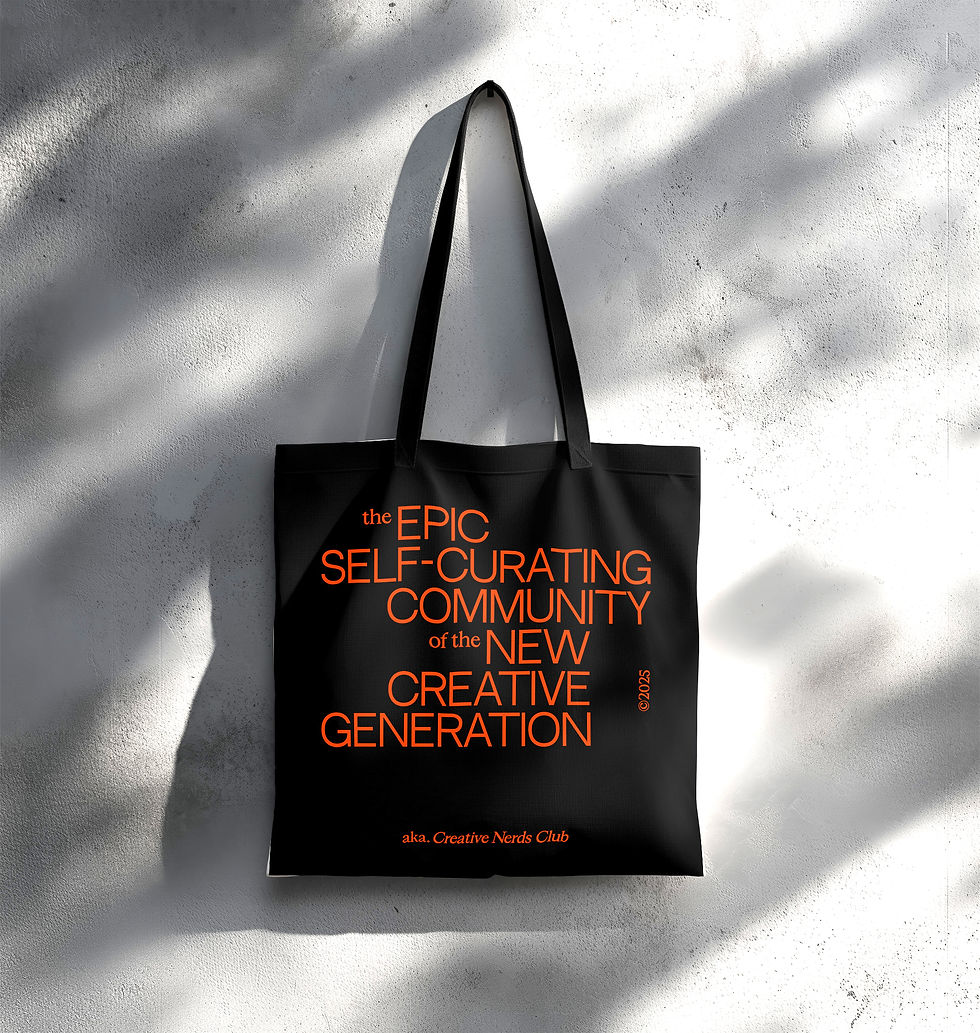Leo Orta | Multidisciplinary Designer
- Onur Çoban

- Jan 9
- 5 min read
Updated: Jan 10

Arnold armchair, © Federico Rosa
Paris-based Leo Orta's practice bridges art, design and environmental awareness, bringing together sculpture, painting and installation to explore material cycles, human connections and ecological narratives in the contemporary world. Inspired by psychoanalysis, surrealism and recycled materials, Leo Orta criticises industrial processes.
Interview: Onur Çoban
Who is Leo Orta? Can you briefly tell us about yourself?
I was born in Paris to British and Argentinian parents, both artists. From a young age, I was immersed in a creative environment, which unconsciously shaped my path and eventually led me to study design at the renowned Design Academy Eindhoven in the Netherlands. There, I discovered the potential of integrating concepts into design, inspired by the Droog design collective and studio. I realized that through objects, I could tell stories, address social and environmental issues, and explore crafts from diverse cultural traditions. Today, I live and work between my studio, located in an old paper mill outside Paris, and my nomadic travels for projects and residencies across continents.

Portrait Leo Alula 2023 © Lorenzo Lochis
How would you describe your design philosophy?
I believe my design philosophy is always evolving—my uncle often says it depends on which side of the bed I wake up on! Ideally, my approach to design would involve creating objects within short, localized production circuits.
I love making things and learned early on how to weld metal, shape resins, and source materials from my surroundings. Over time, I adapted to using what I could find and transforming leftovers into objects of desire. This process allowed me to develop a unique language centered on giving new life to materials.
Corner Smile & Sugar Tanned Chair © Sohe and Room57 Gallery
"I have a deep respect for slow, traditional processes and admire farmers and craftspeople who nurture natural materials like wood and fibers into functional and meaningful goods."
What factors do you consider when researching materials or choosing materials for your new projects? Can you tell us a little bit about the material choices in your work?
When working on a specific commission or exhibition, I start by asking: What is the purpose of this piece? Is it sculptural or functional? Will it be displayed outdoors, requiring materials that resist weathering and friction? For durability, I sometimes incorporate fiberglass, a technique borrowed from the boat industry. A material I frequently use is cellulose, which can be derived from paper, wood, or fruit. I process it in my studio and apply it as a shell to my works. When starting site-specific projects, I base material choices on the resources available in the location. I investigate local industries to identify waste materials or explore regional production techniques.
For example, during a recent residency in Sicily, I explored materials such as basalt stone, oranges, and pine wood. These materials informed the narrative and materiality of the concepts I developed. Another example is my graduation project, Lion-Dog, which addressed the relationship between electronic goods and their obsolescence. I sourced electronic waste from second-hand stores and scrapyards to construct the pieces. The Lion-Dogs are conceptual creatures symbolizing our emotional attachment to consumer goods and the environmental crisis caused by e- waste. These functional "fossils" are designed to remind us of the spirit found even in discarded items, challenging the cycle of consumption.
Winter Walk, Leo Orta 2020 ©Friedman Benda Gallery & Infinite Looping in Harmony at HATCH Paris, 2023. © Adrien
Can you tell us a bit about your design process? Are you closer to analogue techniques or digital?
This year has been transformative in how I approach my work. I’ve always been hands on, involved in every stage of production in my studio in France. With a small team of assistants and interns, I scale up or down depending on the project. My process typically begins with an idea, followed by sketching a structural framework. From there, I immerse myself in a sculptural process, using materials like chicken wire or polystyrene as a base, before adding an outer layer where color and texture come to life. However, a recent health concern has prompted me to reassess my methods. I’m now considering whether to invest in a fully equipped studio prioritizing safety or to collaborate more closely with skilled craftspeople who can facilitate my exploration of making and materials. In this transition, I’ve begun integrating digital tools like VR sculpting, rendering, and 3D printing. These tools allow me to better visualize final objects and improve communication with craftspeople, engineers, and clients. This shift is leading me toward a more conceptual approach to design, though I remain open to where this journey will take me.
Which of your works has excited you the most in terms of the design process and the final product?
My recent residency in Al’Ula, Saudi Arabia, stands out as an extraordinary experience. Surrounded by breathtaking desert landscapes and ancient eroded stone formations, I was inspired by the abandoned old town, built entirely from handmade mud bricks. This setting encouraged me to create furniture using local materials like mud, straw, palm fibers, and natural pigments. The resulting objects are designed to require care, much like the mud-brick houses that need restoration after the rainy season. This concept explores how we nurture and maintain our belongings, imbuing them with a sense of responsibility.

Alula Design Residency - Peculiar Erosion
Can you tell us a little bit about the sources of inspiration behind your work? Who are the names you follow with curiosity in this field or in different disciplines?
My early inspirations were rooted in radical design, particularly the work of Droog Design, which emphasized critical thinking, activism, and storytelling. In their era, Studio Nucleo made a piece called Terra allowing the chair to grow with the simple process of soil and grass over a cardboard frame. Similarly, Mendini and the Memphis Group in Italy influenced me with their bold, narrative-driven approaches. The Design Academy Eindhoven was a formative experience, where I crossed paths with inspiring designers like Nacho Carbonell, Audrey Large, Theophile Blandet, Anna Aagaard Jansen, and Kostas Lambridis. Surrealist art also plays a significant role in my process, helping me navigate subconscious ideas and emotions. Key inspirations include Henry Moore and Germaine Richier, whose transformative approaches to form encourage me to embrace new directions. More recently, I’ve been drawn to Phyllida Barlow and Theo Mercier, who approach materials in ways that allow their works to reintegrate into industries or find new uses if unsold.
Are you excited for the future? What are your plans?
The future is full of challenges, and I thrive on tackling them. I believe design is poised to undergo significant transformations. With ecological and environmental concerns becoming ever more pressing, we must ask the right questions about design and production. While there will always be a place for collectible and one of-a-kind pieces, I think new artists must reframe their practices to address these global issues. For me, the future is about embracing these shifts and continuing to explore how design can make a meaningful impact.


















































